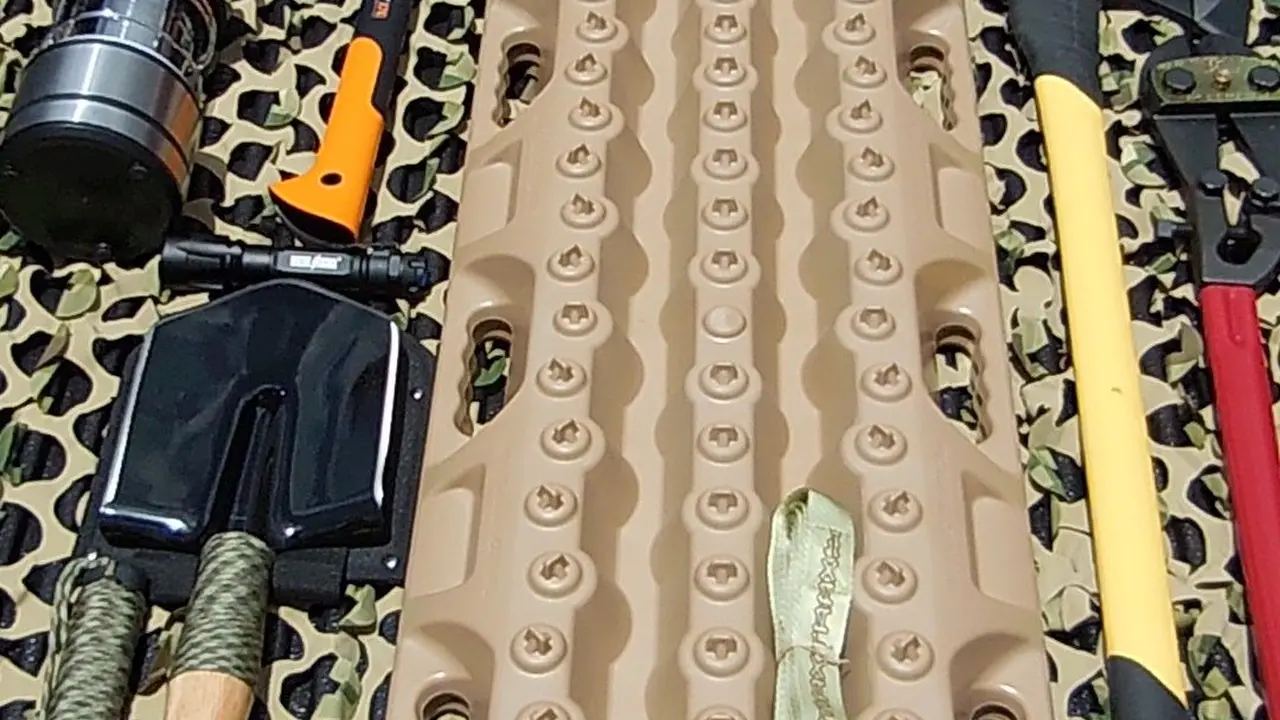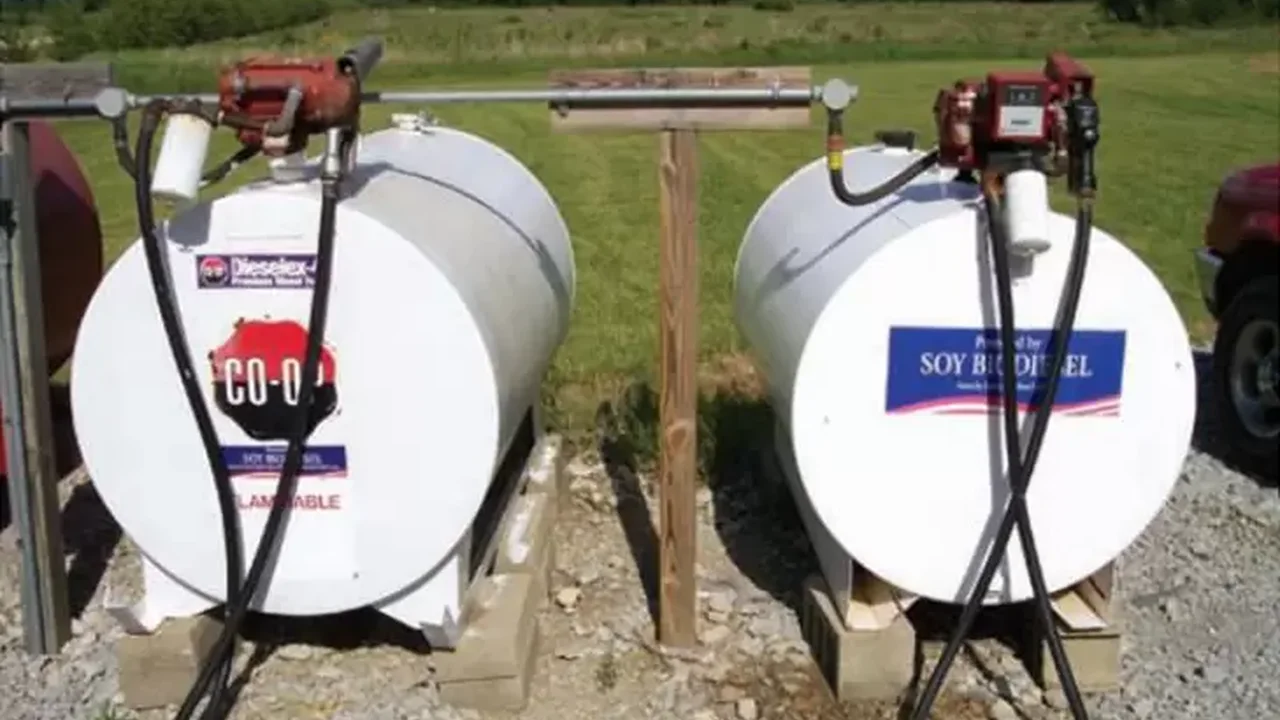Aftermarket TPMS Sensors: Do You Need Them?

Aftermarket TPMS sensors can provide valuable information about your tire pressure. Explore the benefits of using TPMS sensors for off-roading. Discover if aftermarket TPMS sensors are worth the investment for your vehicle. Enhance your safety and performance with our expert analysis.
Understanding TPMS Tire Pressure Monitoring System for Off-Roading
So, you're gearing up for some serious off-roading, huh? You've probably thought about lift kits, beefy tires, and maybe even a winch. But have you considered TPMS – the Tire Pressure Monitoring System? It might sound like just another gadget, but for off-road adventures, it can be a real lifesaver. Let's dive into why aftermarket TPMS sensors might be a smart addition to your rig.
TPMS is essentially a system that monitors the air pressure inside your tires. It uses sensors, usually located inside the tire, to send pressure readings to your vehicle's computer. If the pressure drops below a certain threshold, a warning light pops up on your dashboard. Pretty simple, right? But why bother upgrading to aftermarket sensors?
Benefits of Aftermarket TPMS Sensors for Off-Road Vehicles
Factory TPMS systems are designed for on-road driving. They're typically calibrated for the tire pressures recommended by the manufacturer. But off-roading is a whole different ballgame! You often need to air down your tires to increase traction on loose surfaces like sand, mud, or rocks. This lower pressure is where aftermarket TPMS sensors shine.
Here’s why:
- Adjustable Pressure Thresholds: Aftermarket TPMS sensors often allow you to set custom pressure thresholds. This means you can lower the warning point to match your aired-down off-road pressures. No more annoying dashboard lights when you're running the perfect pressure for the terrain!
- Real-Time Monitoring: Many aftermarket systems provide real-time pressure readings for each tire, often displayed on a separate monitor or even your smartphone. This lets you keep a close eye on your tire pressure and spot any leaks or fluctuations before they become a problem.
- Temperature Monitoring: Some advanced TPMS sensors also monitor tire temperature. Overheating tires can lead to blowouts, especially when driving on rough terrain. Temperature monitoring provides an extra layer of safety and awareness.
- Durability: Aftermarket sensors designed for off-road use are often built tougher than factory sensors. They're more resistant to impacts, vibrations, and extreme temperatures.
When Should You Consider Upgrading to Aftermarket TPMS Sensors
Not everyone needs aftermarket TPMS sensors. But if any of these scenarios apply to you, it's worth considering the upgrade:
- Frequent Airing Down: If you regularly air down your tires for off-road driving, aftermarket sensors with adjustable thresholds are a must-have.
- Extreme Terrain: Driving on rocky, sandy, or muddy terrain puts extra stress on your tires. Real-time monitoring can help you catch problems early.
- Long Overlanding Trips: On extended trips, even small tire pressure changes can affect fuel economy and handling. A TPMS system can help you optimize your tire pressure for the long haul.
- Tire Size Changes: If you've upgraded to larger tires, your factory TPMS system may not be accurate. Aftermarket sensors can be recalibrated to match your new tire size.
Recommended Aftermarket TPMS Sensor Products for Off-Roading
Okay, so you're convinced that aftermarket TPMS sensors are a good idea. But which ones should you choose? Here are a few of the top options on the market, along with their key features and price points:
- TireMinder A1A TPMS: This system is popular for its ease of use and comprehensive monitoring capabilities. It displays real-time pressure and temperature readings on a dedicated monitor and allows you to set custom alerts. It's typically priced around $250-$350.
- EEZRV TPMS: Designed specifically for RVs and trailers, the EEZRV system is also a great option for off-road vehicles. It can monitor up to 22 tires and features a rugged, waterproof sensor design. Expect to pay around $300-$400.
- Orange Electronic P409S TPMS: This system is known for its compatibility with a wide range of vehicles and its ability to learn new sensor IDs automatically. It's a good choice if you frequently swap tires or wheels. Prices range from $150-$250.
- Fobo Tire Plus TPMS: This Bluetooth-based system connects directly to your smartphone, providing real-time pressure and temperature readings through a user-friendly app. It's a convenient and affordable option, typically costing around $150-$200.
Comparing Aftermarket TPMS Sensor Products Based on Price and Features
Let's break down the differences between these options to help you make the right choice:
| Product | Price Range | Key Features | Best For |
|---|---|---|---|
| TireMinder A1A TPMS | $250-$350 | Dedicated monitor, adjustable alerts, comprehensive monitoring | Serious off-roaders who want a dedicated display |
| EEZRV TPMS | $300-$400 | Rugged sensors, monitors up to 22 tires, waterproof design | Overlanders and those with multiple vehicles or trailers |
| Orange Electronic P409S TPMS | $150-$250 | Easy installation, automatic sensor learning, wide vehicle compatibility | Those who frequently swap tires or wheels |
| Fobo Tire Plus TPMS | $150-$200 | Bluetooth connectivity, smartphone app, affordable price | Budget-conscious users who prefer a smartphone-based system |
When choosing a TPMS system, consider your budget, your needs, and your preferred user interface. Do you want a dedicated monitor, or are you happy using your smartphone? Do you need to monitor a large number of tires, or just four? Answer these questions, and you'll be well on your way to finding the perfect TPMS system for your off-road adventures.
Installing Aftermarket TPMS Sensors on Your Off-Road Vehicle
Installation of aftermarket TPMS sensors can vary depending on the system you choose. Some systems require professional installation, while others are designed for DIY installation.
Here's a general overview of the installation process:
- Remove Your Tires: You'll need to remove your tires from your wheels to access the factory TPMS sensors.
- Remove Factory Sensors: Carefully remove the factory TPMS sensors from your wheels.
- Install Aftermarket Sensors: Install the aftermarket TPMS sensors in place of the factory sensors. Be sure to follow the manufacturer's instructions carefully.
- Reinstall Tires: Reinstall your tires on your wheels and inflate them to the desired pressure.
- Program the System: Follow the manufacturer's instructions to program the TPMS system and pair the sensors with the receiver.
- Test the System: Test the system to ensure that it is working properly.
If you're not comfortable working on your tires, it's best to have a professional install the TPMS sensors for you.
Using Aftermarket TPMS Sensors on Different Off-Road Terrains
The beauty of aftermarket TPMS sensors is their adaptability to different off-road terrains. Here's how you can use them to optimize your tire pressure for various conditions:
- Sand: Airing down your tires significantly increases your contact patch on sand, providing better flotation and traction. With aftermarket TPMS sensors, you can monitor your tire pressure in real-time and ensure that you're not running too low.
- Mud: Similar to sand, airing down your tires in mud can improve traction. The ability to adjust pressure thresholds on aftermarket TPMS sensors prevents false alarms.
- Rocks: Airing down your tires on rocks allows them to conform to the terrain, providing better grip and reducing the risk of punctures. TPMS sensors help you maintain a safe pressure level and avoid damaging your tires.
- Snow: Airing down your tires in snow can improve traction and prevent you from getting stuck. TPMS sensors help you monitor your tire pressure and ensure that you're not running too low.
Maintaining Aftermarket TPMS Sensors for Longevity
To ensure that your aftermarket TPMS sensors last for years to come, it's important to maintain them properly. Here are a few tips:
- Check the Batteries: Most TPMS sensors are battery-powered. Check the battery life regularly and replace the batteries as needed.
- Inspect the Sensors: Inspect the sensors regularly for damage or corrosion. If you notice any problems, replace the sensors immediately.
- Keep the Sensors Clean: Keep the sensors clean and free of dirt and debris.
- Re-Program After Tire Changes: If you change your tires, be sure to re-program the TPMS system to recognize the new sensors.
By following these tips, you can extend the life of your aftermarket TPMS sensors and ensure that they continue to provide accurate and reliable tire pressure monitoring.
Are Aftermarket TPMS Sensors Really Worth It for Off-Roading
So, are aftermarket TPMS sensors worth the investment for off-roading? The answer is a resounding yes, especially if you're serious about your off-road adventures. They provide valuable information about your tire pressure, allowing you to optimize your traction, improve your safety, and avoid costly tire damage. While factory systems are okay for on-road use, they fall short when it comes to the unique demands of off-road driving. The ability to adjust pressure thresholds, monitor real-time pressure and temperature, and withstand the rigors of off-road terrain makes aftermarket TPMS sensors a worthwhile upgrade for any serious off-roader.
:max_bytes(150000):strip_icc()/277019-baked-pork-chops-with-cream-of-mushroom-soup-DDMFS-beauty-4x3-BG-7505-5762b731cf30447d9cbbbbbf387beafa.jpg)






